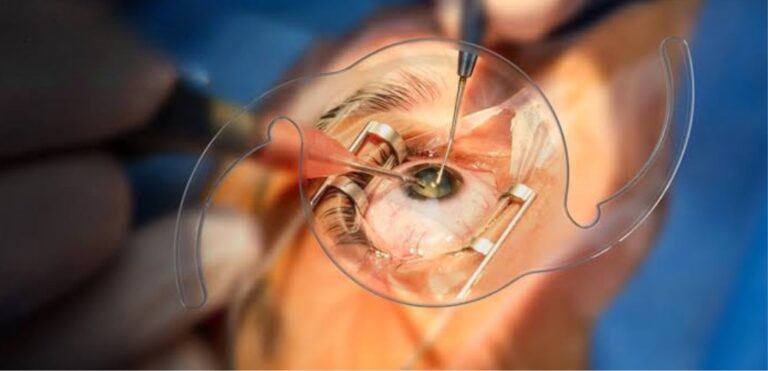Defining Overlapping Teeth
Overlapping teeth, a condition characterized by insufficient space within the jawbone to accommodate all teeth in a straight line, results in teeth growing or shifting in a crowded manner. This often manifests as one or more teeth positioned in front of or behind their adjacent counterparts. The severity of overlapping can vary considerably, ranging from a minor misalignment of a few teeth to significant crowding affecting a substantial portion of the dental arches in both the upper and lower jaws.
The Importance of Addressing Overlapping Teeth in Dubai
Seeking treatment for overlapping teeth in Dubai(تداخل الأسنان في دبي) offers a multitude of benefits that extend beyond purely cosmetic improvements. Misaligned teeth, including those that overlap, present challenges in maintaining optimal oral hygiene practices. The irregular surfaces and tight spaces created by overlapping teeth can make thorough brushing and flossing difficult, leading to an increased accumulation of plaque and tartar. This buildup elevates the risk of developing dental caries (cavities) and periodontal disease (gum disease). Furthermore, overlapping teeth can sometimes interfere with the proper alignment of the bite, potentially causing discomfort, difficulties in chewing and speaking, and even contributing to temporomandibular joint (TMJ) issues. Correcting overlapping teeth not only enhances the aesthetics of the smile but also promotes better oral hygiene, contributes to improved long-term dental health, and can positively impact an individual’s self-esteem and overall confidence.
Exploring Treatment Options for Overlapping Teeth in Dubai
In Dubai, a range of effective orthodontic treatment solutions are available to address overlapping teeth and help individuals achieve a straighter, more harmonious smile. The primary treatment modalities involve the application of controlled forces to gradually guide the teeth into their correct positions within the jaw. These include traditional fixed orthodontic appliances (braces) and clear aligners. In certain complex cases where significant crowding exists, adjunctive procedures may be necessary to create the required space for proper alignment. The selection of the most suitable treatment approach is determined through a comprehensive evaluation of the individual’s specific dental condition, the extent of the overlapping, and their personal preferences regarding the aesthetics and convenience of the treatment.
How Traditional Fixed Appliances Correct Overlapping Teeth
Traditional fixed orthodontic appliances, commonly known as braces, have a well-established track record of effectively correcting various types of malocclusions, including overlapping teeth. These appliances consist of brackets that are bonded to the outer surface of each tooth and connected by a series of carefully shaped archwires. These wires are periodically adjusted by an orthodontic specialist to apply gentle yet consistent pressure to the teeth, gradually moving them into their ideal positions over time. While traditional braces are highly versatile and effective for addressing complex orthodontic issues, advancements in dental materials have led to the availability of more discreet options, such as ceramic or tooth-colored brackets, which blend more seamlessly with the natural tooth color.
The Role of Clear Aligners in Treating Overlapping Teeth
Clear aligners represent a contemporary and increasingly popular alternative to traditional braces for the correction of mild to moderate cases of overlapping teeth. These aligners are custom-manufactured sets of transparent plastic trays that fit snugly over the teeth. Each set of aligners is designed with slight variations in shape and is worn for a specified period, typically one to two weeks, before being replaced by the next set in the series. The aligners exert controlled pressure on the teeth, gradually shifting them into the desired alignment. Clear aligners offer several advantages, including their near invisibility, removability for eating and oral hygiene practices, and often a greater degree of comfort compared to traditional braces.
Understanding the Need for Adjunctive Procedures in Some Cases
In situations involving significant overlapping or severe crowding of the teeth, adjunctive procedures may be necessary to create adequate space within the jaw to facilitate proper alignment. One such technique is interproximal reduction (IPR), also referred to as tooth stripping or enameloplasty. This procedure involves the careful removal of a minimal amount of enamel from the sides of adjacent teeth to gain a few extra millimeters of space. In cases of extreme crowding where there is a significant discrepancy between the size of the teeth and the available jaw space, the extraction of one or more teeth may be considered as part of the overall treatment plan to create the necessary room for the remaining teeth to align correctly. The decision to employ such adjunctive procedures is made on a case-by-case basis following a thorough orthodontic evaluation.
The Typical Timeline for Overlapping Teeth Treatment in Dubai
The duration of orthodontic treatment for overlapping teeth can vary considerably depending on several factors, including the complexity of the individual case, the chosen treatment modality (braces or clear aligners), and the patient’s adherence to the treatment plan. Treatment with traditional braces or clear aligners can typically range from several months to approximately two years. More complex cases involving significant overlap or the need for adjunctive procedures may require a longer treatment period. Consistent attendance at scheduled appointments and diligent adherence to the orthodontist’s instructions regarding appliance wear are crucial for ensuring the timely and successful completion of the treatment.
The Importance of Retention After Overlapping Teeth Treatment
Once the active phase of orthodontic treatment for overlapping teeth is complete and the desired alignment has been achieved, the retention phase is absolutely critical for maintaining the long-term stability of the corrected smile. Teeth have a natural tendency to relapse or drift back towards their original, misaligned positions. To counteract this tendency, retainers are used. Retainers can be removable appliances, such as clear plastic retainers or Hawley retainers with wires, or they can be fixed wires bonded to the lingual (tongue-facing) surfaces of the teeth. The duration of retainer wear varies depending on individual circumstances and the orthodontist’s recommendations, but typically involves wearing them full-time initially, followed by a gradual reduction in wear time to nighttime wear for an extended period to ensure the teeth remain in their newly aligned positions.
How Correcting Overlapping Teeth Contributes to a Brighter, More Confident You
Addressing overlapping teeth through orthodontic treatment can have a profound and transformative impact on an individual’s overall well-being and self-confidence. Achieving a straighter, more aesthetically pleasing smile can significantly enhance one’s self-image and lead to increased comfort and confidence in social and professional interactions. Beyond the cosmetic benefits, correcting overlapping teeth improves oral hygiene, reduces the risk of dental problems, and can alleviate bite issues, contributing to better overall oral health and function. The journey to a straighter smile in Dubai is an investment in not only dental health but also in a brighter, more confident future.




